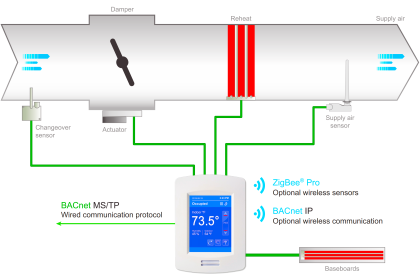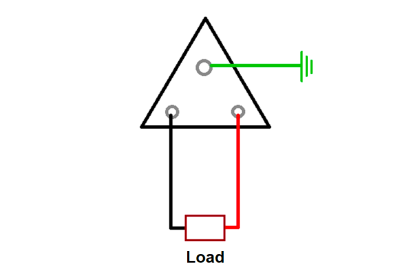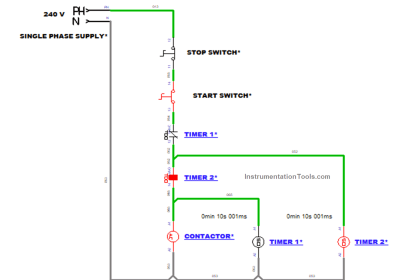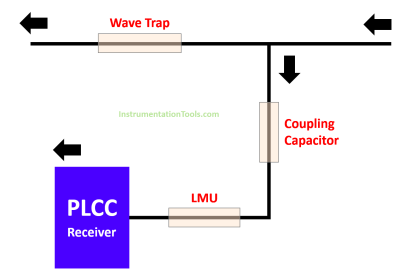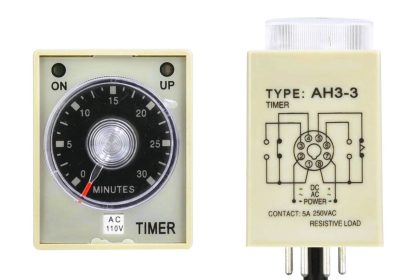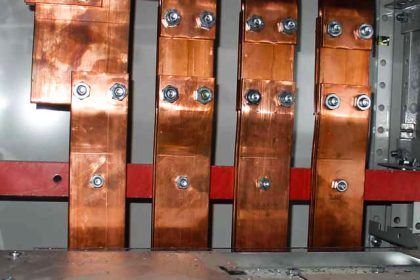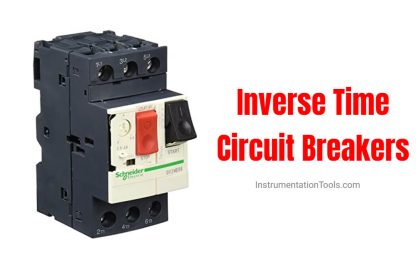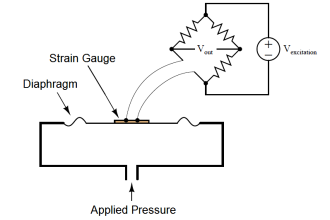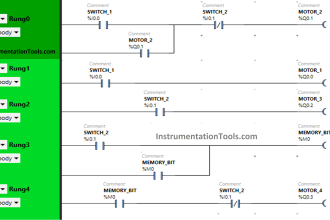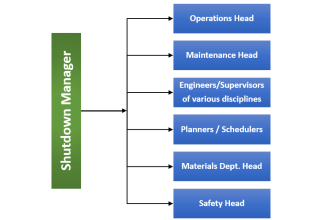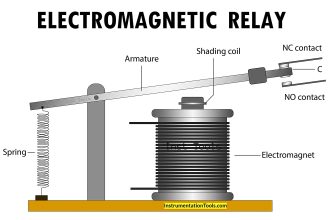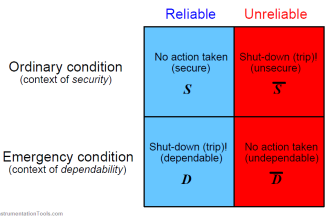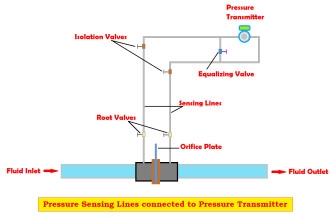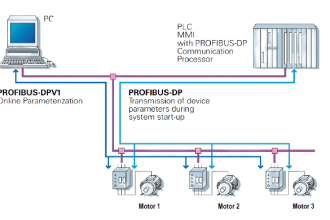Switchgear is an integral part of an electrical system. If there is no protection or control of the power supply to the electrical circuit, then it is of no use to implement such circuits in practical conditions. So, electrical engineers have a basic task of working with switchgear in their projects. Two of the most commonly used switchgear equipment in electrical circuits are a circuit breaker and a disconnector. They sound similar, and both are tasked to break the circuit, but they have vast differences in operation. In this post, we will see the difference between a circuit breaker and a disconnector.
What is a circuit breaker?
When you are supplying power to a circuit, you cannot give it directly. You need to have a switch in between, which will allow current flow and also protect and break the circuit in case of any fault. This is done by a circuit breaker. A circuit breaker is an electrical switchgear that allows the flow of current in normal conditions, and opens itself in case of a fault condition. Due to this, the circuit where the breaker supplies current gets protection from damage. The fault current is very high, so it should not be allowed to pass to the circuit further. So, almost all the electrical circuits have circuit breakers to protect them from abnormal conditions.
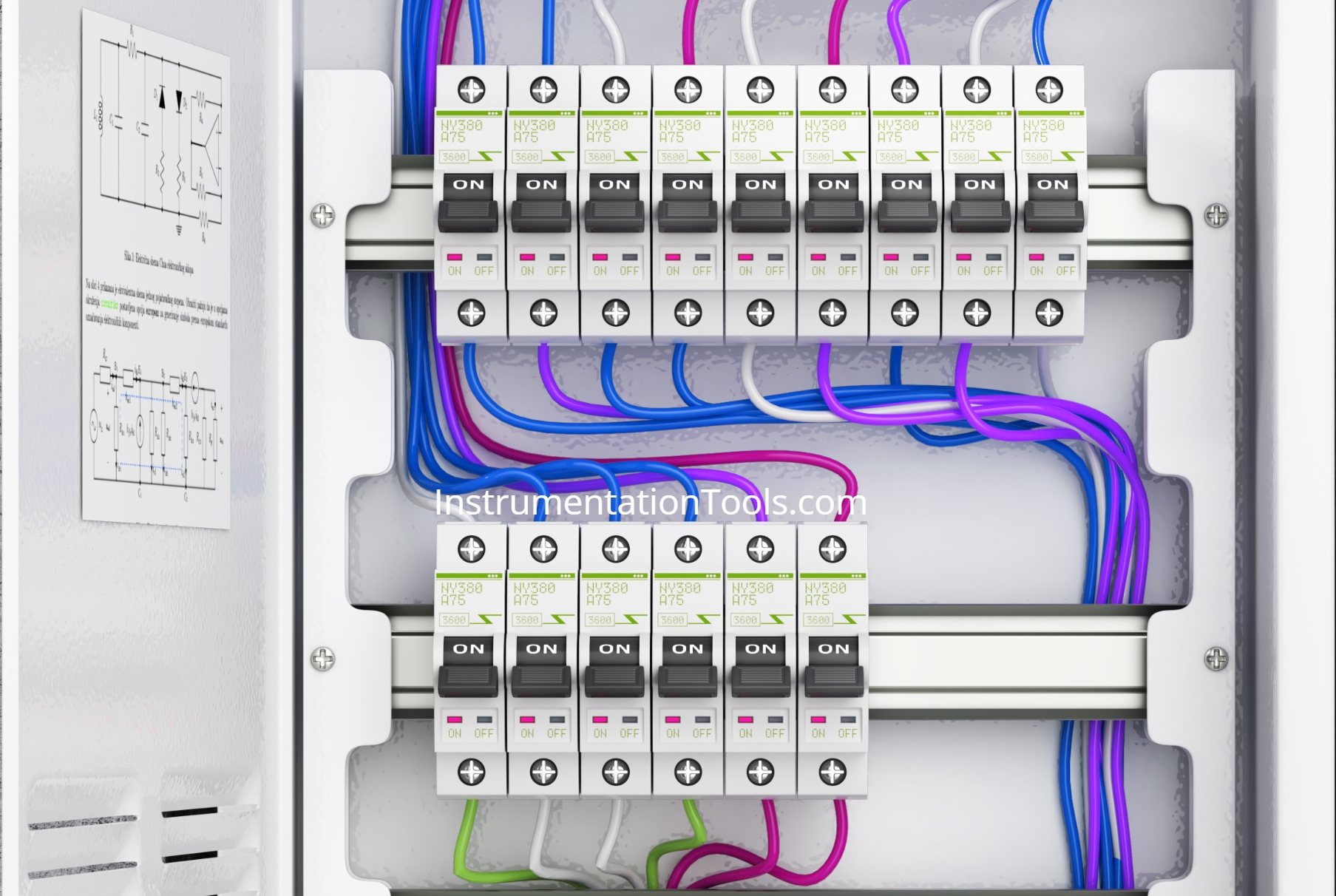
Let us simplify its operation. The power is given to the breaker at its input, and the breaker is open initially. Now, when you want to pass power, you need to manually open the breaker. The breaker will now start passing power to the circuit from the incomer supply. So, the breaker is basically a switch in between. Now, if some fault current occurs in the whole path, the breaker will sense it for a few seconds (typically less than 2) and then trip immediately. Due to this, the circuit will be protected from damage. When the normal condition has been restored, the operator needs to again close the breaker manually and restart the operation.
What is a disconnector?
Now, let us understand what a disconnector or isolator is. In an opposite way to a circuit breaker, the disconnector works only when power is not present. It also breaks the circuit, but needs to be operated manually first. Once opened, the selected circuit is then isolated from the power supply line. When you want to operate the circuit again, you need to first close this switch and then turn on the power supply. You cannot work with this switchgear in a running power line, otherwise, it will create a huge spark or blast.

Let us simplify it more clearly. Expanding our earlier example of the circuit breaker, let us now place a disconnector between the circuit breaker and the incoming power supply (earlier, the incoming supply was coming directly to the circuit breaker). To enable the power supply, it should first be turned off. Then the disconnector should be closed, and then, power supply should be turned on.
Now, the circuit breaker will get the power supply. Suppose you want to do some maintenance activities in the breaker and also not shutdown the whole system. In that case, you need to first turn off the supply, then open the disconnector switch, and then switch ON the supply again. In that case, the circuit breaker will not receive supply, and the other circuits will receive power as earlier.
In this way, that circuit breaker has now been isolated from the supply, and you can carry out your actions safely. When you want to bring it back into the picture, you need to turn off the supply again, close the disconnector, and turn on the supply again. Your circuit breaker again gets the supply.
Circuit breaker vs. Disconnector
- A circuit breaker is a protection device for interrupting the supply during faults in online conditions, whereas a disconnector is a type of isolator that breaks the supply from a selected path in offline conditions.
- A circuit breaker can be operated automatically or manually, as opposed to a disconnector which operates only manually.
- The current capacity of circuit breakers is more than a disconnector switch.
- Circuit breakers are more expensive than a disconnector switch.
- The circuit breaker is an electromechanical device, whereas a disconnector switch is a mechanical device.
- Circuit breakers require an insulation medium as they work in an online condition with high currents, whereas an isolator does not require any insulation medium.
In this way, we saw the difference between a circuit breaker and a disconnector.
Read Next:
- Components in Electrical Earthing
- Electrical QA QC Interview Questions
- Charcoal and Salt in an Earthing Pit
- Compare Short Circuit and Ground Fault
- Earthing Practices in PLC Control Panel
